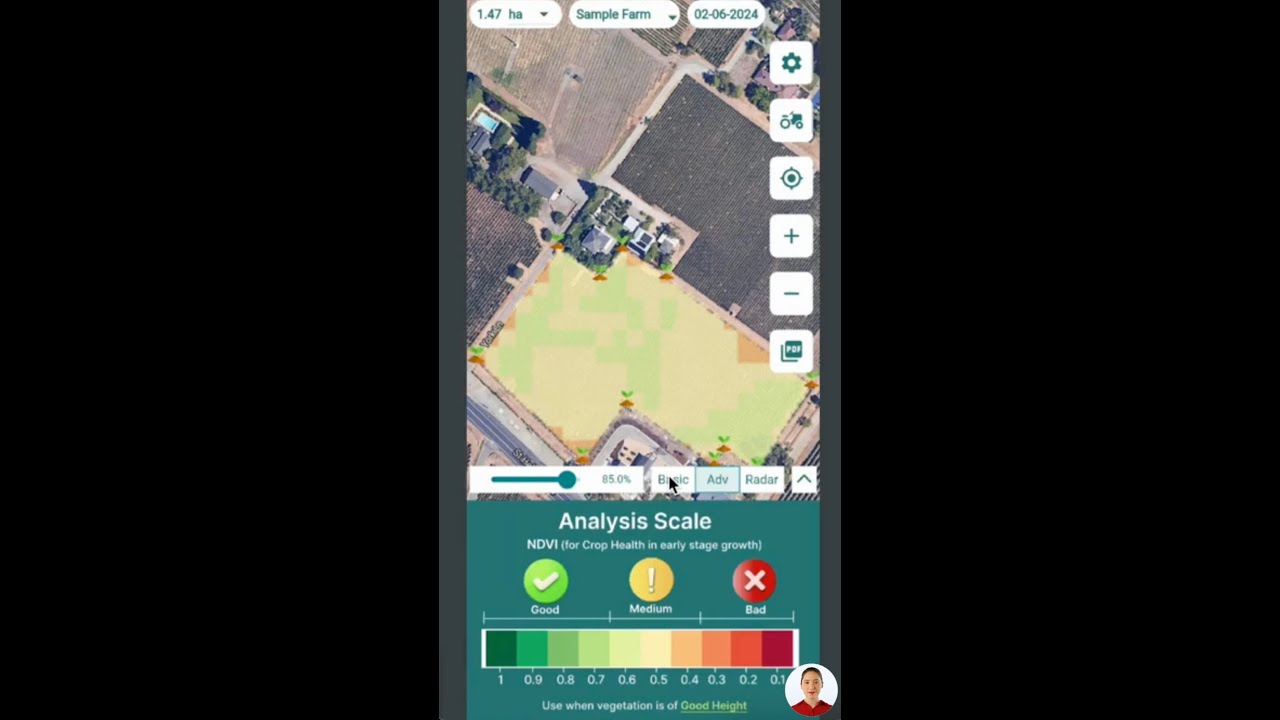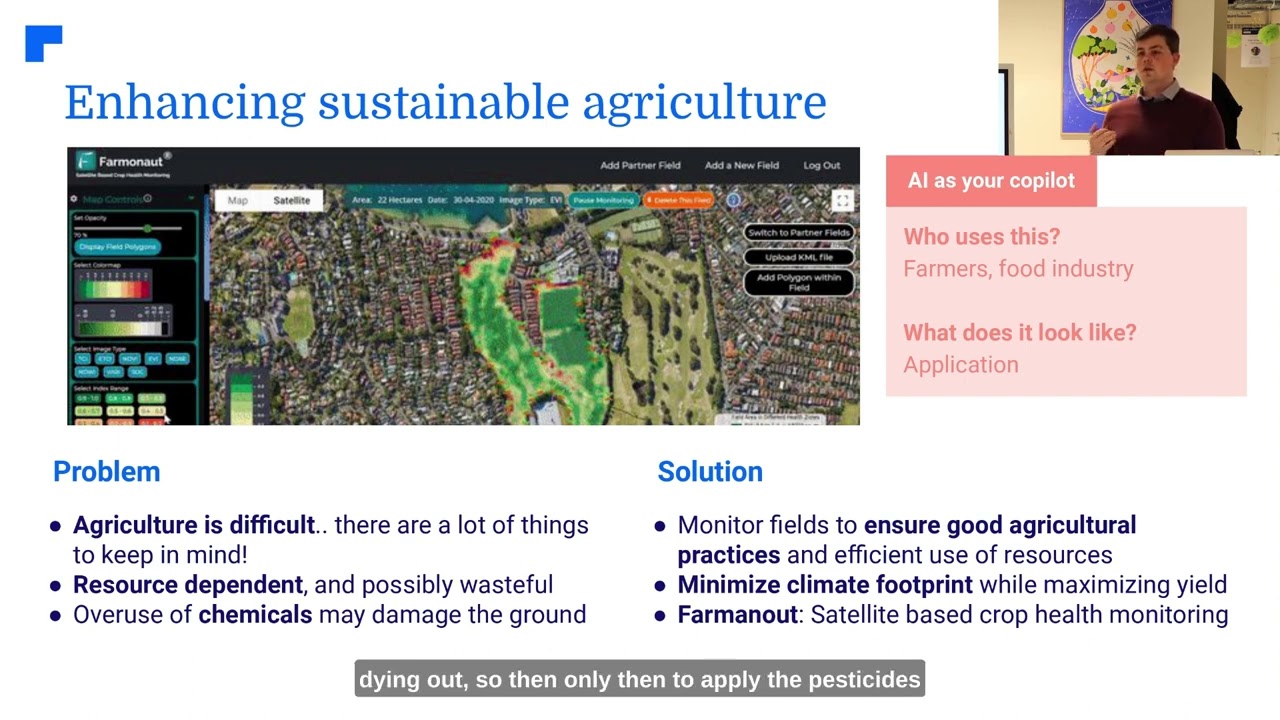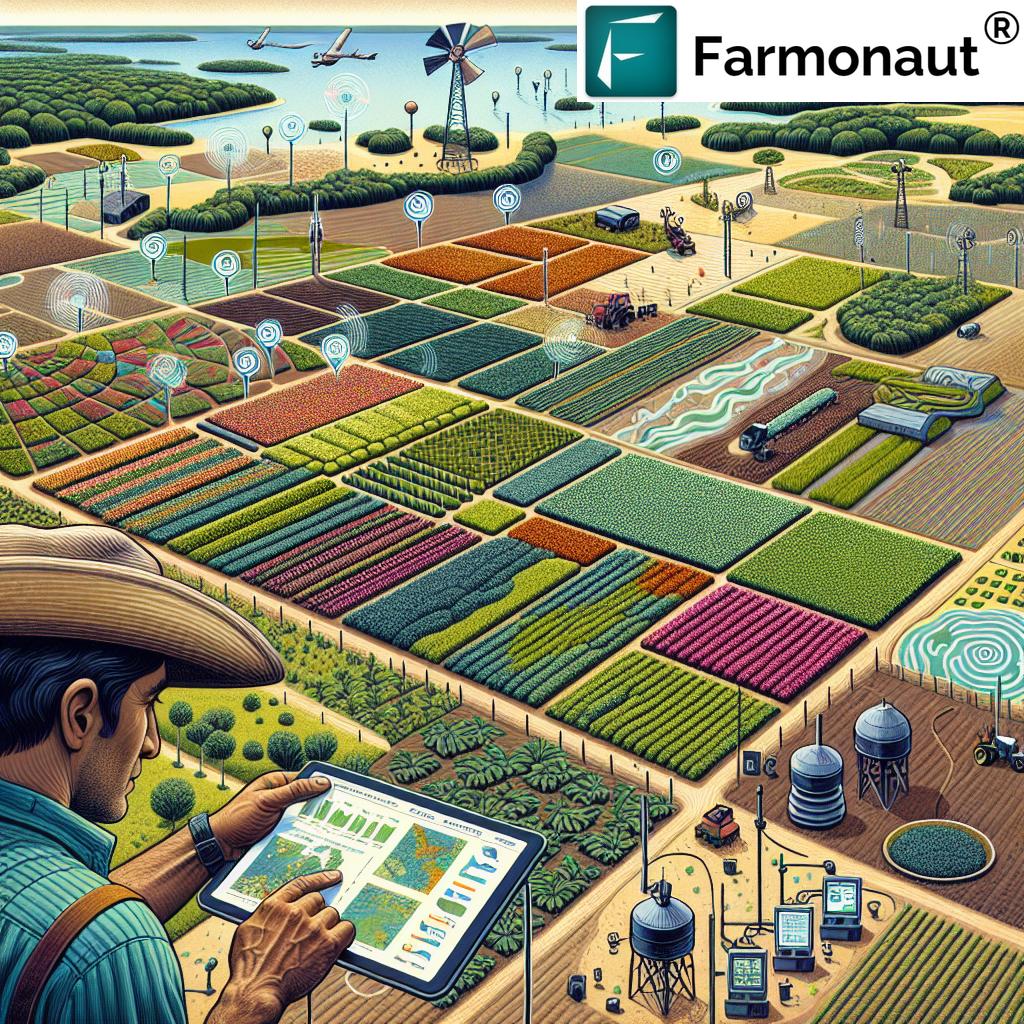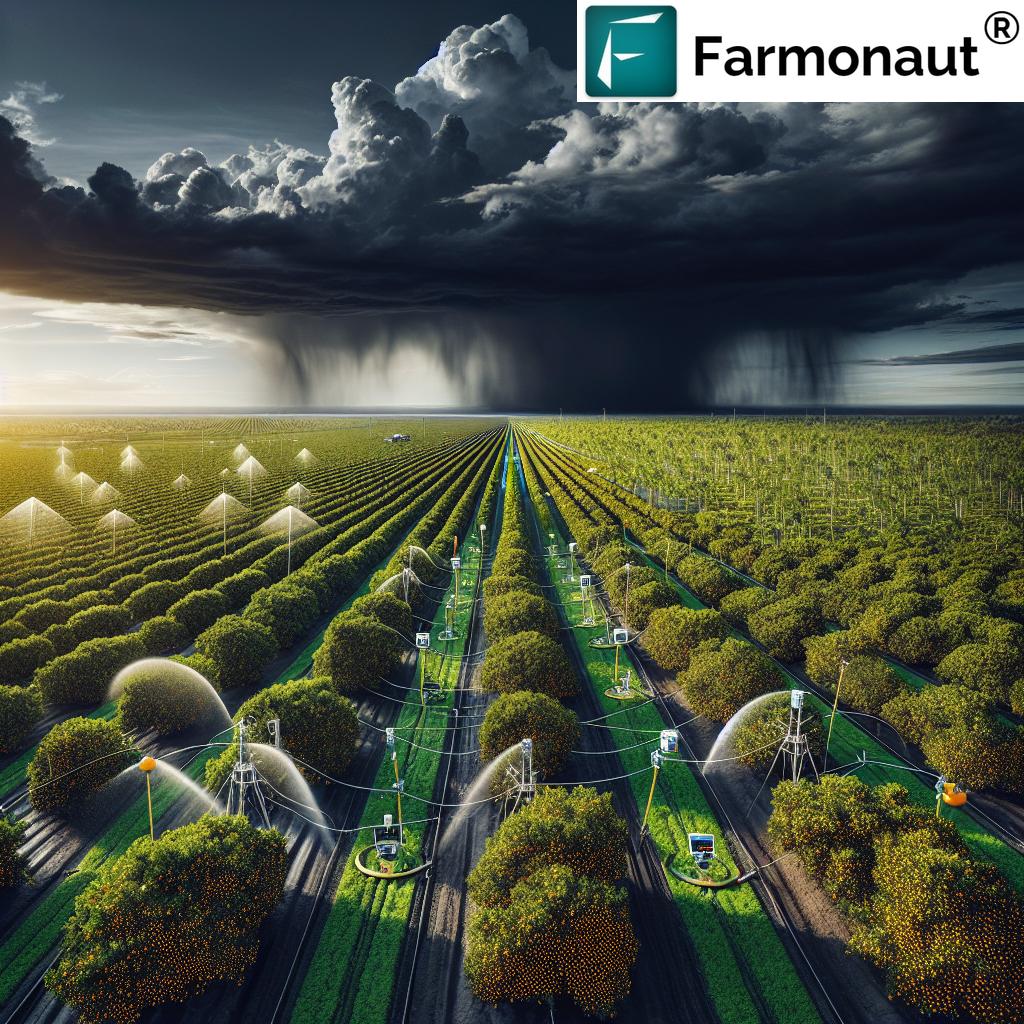Rural Iowa Ecosystems: 7 Shocking Conservation Secrets!
“Iowa has restored over 30,000 acres of native prairie, supporting more than 500 plant and animal species.”
Welcome to the Heart of America’s Conservation: Rural Iowa Ecosystems
Iowa’s stunning rural ecosystems are as complex as they are beautiful. Stretching from rolling oak savannas to vast tallgrass prairies, tranquil wetlands, and dense forests, the landscape of rural Iowa is a testament to the intricate interplay between natural processes and human agricultural activities. Understanding this relationship is crucial for promoting sustainability, conserving biodiversity, and protecting Iowa’s natural heritage.
In this comprehensive exploration, we’ll uncover seven shocking conservation secrets shaping the sustainable future of rural Iowa. Our dive includes Iowa conservation practices, sustainable agriculture, native prairie restoration, soil erosion control, innovative habitat programs, and the technological advancements—like those offered by Farmonaut—that empower farmers and landowners alike.
Historical Landscape and Natural Vegetation of Iowa
Long before tractors and rows of corn and soybeans stretched across the countryside, Iowa’s landscape was dominated by tallgrass prairies and oak savannas. These native habitats teemed with diverse plant and animal species, thriving in a balanced system of renewal and resilience.
- Tallgrass Prairies: Once enveloping over 85% of the state, these ecosystems were rich in native grasses, wildflowers, insects, birds, and mammals, providing unmatched soil structure and carbon storage.
- Oak Savannas: Characterized by widely spaced oak trees scattered amid grasslands, savannas merged the best of prairies and forests—offering shade, nesting sites, and varied habitats for countless species.
- Forests and Wetlands: Riparian woodlands, floodplain forests, and marshes added ecological complexity, buffering floods and filtering water for downstream communities.
However, following European settlement, the widespread conversion of prairies, savannas, and forests into croplands and pastures led to dramatic reductions in native vegetation. Less than 0.1% of Iowa’s original prairie remains intact today (source), underscoring the urgency of restoration and conservation efforts across the region.
“Soil erosion control practices in Iowa have reduced topsoil loss by up to 40% since the 1980s.”
Agricultural Practices and Their Impact on Rural Iowa Ecosystems
Agriculture lies at the core of Iowa’s economy and identity. With some of the most productive soils on the planet, the state leads in the cultivation of corn and soybeans, alongside extensive livestock farming. But the benefits of modern farming practices have often come at a cost to ecosystems:
- Soil Erosion & Loss: Intensive tillage and monocultures have contributed to significant topsoil loss (soil erosion), reducing fertility and increasing sediment in rivers.
- Nutrient Runoff: Over-application of fertilizers leads to nutrient pollution in waterways, fostering harmful algal blooms and dead zones downstream.
- Habitat Fragmentation: The replacement of tallgrass prairies, wetlands, and forests with vast croplands has diminished biodiversity and created barriers for wildlife movement.
- Invasive Species: Disruption of natural systems has facilitated the spread of aggressive invasives, threatening native plants and altering habitat structure.
To address these issues, Iowa’s farmers and landowners are increasingly adopting sustainable agriculture methods—integrating modern technology, conservation practices, and time-honored land stewardship.
Conservation Efforts & Sustainable Practices in Iowa
Through innovative programs and dedicated stewardship, Iowa is a national leader in conservation innovation. Iowa conservation practices are not only protecting natural habitats but also enhancing agricultural sustainability.
1. Cover Cropping Benefits: Rye, Clover, and Beyond
- Practice: Planting cover crops, such as rye and clover, during non-growing seasons prevents bare soil and fosters continuous soil cover.
- Benefits: Reduces erosion, improves soil structure, increases nutrient cycling, and supports biodiversity—particularly beneficial insects and microbes.
- Impact: Fields with robust cover cropping have demonstrated up to 30% less runoff and higher organic matter content, boosting soil resilience.
Explore how cover cropping can be monitored using remote sensing and analytics on the Farmonaut Crop Plantation & Forest Advisory product page.
2. Prairie Strips and Native Prairie Restoration
- Practice: Incorporating strips of native prairie plants (prairie strips) within row-cropped fields.
- Benefits: Reduces sediment and nutrient runoff, stabilizes soil, and enhances biodiversity in rural Iowa by providing year-round habitat for pollinators, grassland birds, and other wildlife.
- Programs: Supported by federal and state conservation programs for ecosystem enhancement and native prairie restoration.
3. Contour Farming and Slope Management
- Practice: Planting crops along the natural contours of slopes (“contour farming”) rather than straight rows horizontally.
- Benefits: Controls runoff and soil erosion, especially on hilly terrains and in southeastern and northeastern Iowa, helping retain soil and increase water infiltration.
- Impact: Areas with contour management show up to 50% reduction in sediment runoff on steeper lands.
For large-scale farm management and monitoring implementation of such slope-sensitive practices, check out Farmonaut’s Admin App for its intuitive mapping and progress-tracking features.
4. Conservation Reserve Program (CRP) and Habitat Conservation Programs
- Practice: Enrolling marginal, flood-prone, or erosion-sensitive areas of land in the CRP—taking them out of production and restoring them to native habitats like prairie, wetlands, or forest.
- Benefits: Enhances biodiversity, reduces erosion and nutrient runoff, and increases wildlife habitat connectivity across the landscape.
- Support: CRP provides financial incentives to landowners and farmers to increase voluntary conservation adoption (program details).
5. Wetland Restoration and Buffer Zones
- Practice: Restoring drained or degraded wetlands and establishing vegetated buffer zones along creeks and rivers.
- Benefits: Provides critical habitat for migratory birds, amphibians, and aquatic fauna, intercepts nutrient runoff, and reduces downstream flooding.
6. Forestry Management Iowa: Oak Savanna and Forest Restoration
- Practice: Managing and restoring oak savanna and forest ecosystems using methods like prescribed fire, selective planting, and careful timber stand improvement.
- Benefits: Maintains biodiversity, carbon storage, soil health, and supports both economic and heritage values (Whiterock Conservancy as a regional example: source).
7. Invasive Species Management
- Practice: Targeting invasive plants (such as reed canary grass, garlic mustard) through mechanical removal, prescribed fire, and herbicides.
- Benefits: Allows native vegetation and wildlife to rebound, while minimizing competition for nutrients and sunlight.
Discover the Farmonaut Satellite & Weather API |
API Developer Docs
Comparison Table: Conservation Practices & Their Estimated Impacts
| Conservation Practice | Estimated Impact on Soil Erosion (%) | Benefits to Biodiversity | Implementation Cost (USD/Acre) | Example Regions in Iowa |
|---|---|---|---|---|
| Native Prairie Restoration | 55–70% reduction | High—supports 500+ native species | $250–$400 | Central & NW Iowa |
| Cover Cropping (Rye, Clover) | 25–35% reduction | Moderate—improves soil habitat biodiversity | $35–$80 | Statewide |
| Contour Farming | 40–60% reduction | Low–moderate—benefits field-edge wildlife | $12–$20 | SE, NE Iowa (hilly) |
| CRP Conservation Buffers | Up to 90% (locally) | High—wildlife corridors, pollinator habitat | $120–$200 | River valleys, wetland areas |
| Wetland Restoration | 35–65% (downstream benefits) | Very High—supports amphibians, waterfowl | $480–$1500 | Northern Iowa, Prairie Pothole Region |
| Oak Savanna Restoration | 30–55% reduction | High—diverse woodland-grassland species | $390–$890 | Loess Hills, Central Iowa |
Forestry and Habitat Restoration: Oak Savannas, Prairies, and Beyond
Iowa’s forestry efforts primarily concentrate on the Loess Hills to the west and the rugged Driftless Area in the northeast. Here, oak savanna restoration and woodland management strive to revive ancient ecosystems while preserving the economic and cultural value of woodlands.
- Prescribed Fire: Regular controlled burns mimic the natural processes that shaped tallgrass prairies and oak savannas for millennia, preventing encroachment by aggressive shrubs and maintaining habitat diversity.
- Native Prairie Re-Planting: Reintroducing native forbs, grasses, and oak seedlings restores ecosystem function, increases species richness, and buffers against climate change.
- Forest Stand Improvement: Selective thinning, invasive species removal, and supplemental planting help older woodlands recover and thrive.
- Landowner Assistance: The Iowa DNR runs several cost-share programs for private landowners interested in tree planting and wildlife habitat enhancement.
Integrating Agriculture and Conservation for a Sustainable Future
One of the greatest challenges and opportunities facing rural Iowa today is balancing high agricultural output with ecosystem sustainability. Integrating agricultural management with natural conservation connects food production, water quality, and habitat conservation programs across every corner of the state.
Key Elements of Sustainable Agriculture in Iowa
- Education: Programs like the Landowner Education Program teach farmers and landowners how to implement conservation techniques that work in harmony with traditional farming practices.
- Resource Management: Tools such as Farmonaut Fleet Management enable optimized use of agricultural equipment and logistics, reducing resource waste and operational costs for agribusinesses.
- Soil and Crop Health Monitoring: Satellite-based insights, like those on the Farmonaut Carbon Footprinting page, allow for precise soil moisture, crop health, and emission tracking—essential for sustainable, data-driven decisions.
- Financial Support: With satellite-verifiable data, Farmonaut Crop Loan & Insurance Verification reduces risk for banks and makes capital more accessible to Iowa’s farmers.
- Transparency: Farmonaut Product Traceability utilizes blockchain to provide transparent, tamper-proof data on every crop from farm to consumer, fostering trustworthy and sustainable supply chains.
7 Shocking Conservation Secrets in Rural Iowa
Secret 1: Less than 0.1% of Native Tallgrass Prairie Remains
Despite once covering most of the state, native prairie loss is nearly complete. Yet, prairie restoration is making a comeback, often in small, strategic pockets with outsized benefits to biodiversity and soil erosion control Iowa.
Secret 2: Prairie Strips Increase Pollinator Diversity by Up to 350%
Research shows plots with prairie strips see a dramatic increase in the number and variety of bees, butterflies, and beneficial insects—fostering ecosystem resilience and healthy crops.
Secret 3: Farm-Based Wetland Restoration Can Be More Effective Than Large Dams for Water Quality
Restoring small, farm-embedded wetlands can filter runoff and absorb excess nutrients more efficiently than traditional, large-scale water control structures—benefiting both agriculture and downstream communities.
Secret 4: Prescribed Fire: Nature’s Ancient Land Manager
Fire isn’t just a threat; it’s an ancient tool for maintaining oak savannas, tallgrass prairies, and forests. Iowa’s controlled burn programs mimic these natural processes, controlling invasives and promoting native planting.
Secret 5: Advanced Tech Makes Conservation Affordable and Scalable
Satellite monitoring and AI (via platforms like Farmonaut) empower even small farmers to monitor crop health, plan nitrogen management, and track cover cropping success—driving sustainable agriculture in Iowa at scale.
Secret 6: “Invasive” Doesn’t Always Mean Obvious
Some invasive plants, like reed canary grass and garlic mustard, can appear innocuous yet outcompete entire communities of native species. Vigilance and strategic management are vital for long-term ecosystem health.
Secret 7: Conservation = Higher Yields (Long-Term)
Adopting conservation practices can lead to more productive soils, lower input costs, and increased yields over time. Practices like no-till, cover cropping, and precision application of fertilizers help promote sustainability AND resilience against climate and economic shocks.
Farmonaut: Satellite Tech & Sustainability for Iowa’s Agriculture
Technology is a game-changer for integrating agriculture and conservation. Farmonaut’s affordable, accessible precision agriculture tools support farmers, cooperatives, and government agencies across Iowa and beyond. Here’s how Farmonaut drives sustainable agriculture in Iowa:
- Satellite Crop Health Monitoring: With real-time NDVI, soil moisture, and other multispectral data, farmers optimize irrigation, pest management, and nutrient application—reducing runoff and supporting soil erosion control.
- Jeevn AI Advisory: Personalized crop insights help landowners maximize output and minimize environmental impact with AI-driven recommendations.
- Blockchain Traceability & Resource Tracking: Ensures transparent farm-to-market supply chains and empowers smarter land-use decisions.
- Carbon Footprinting & Emission Monitoring: Quantifies farm emissions, guiding producers towards sustainability and regulatory compliance.
- Fleet & Asset Management: Streamlines in-field logistics, reducing costs and ensuring environmental practices are followed at scale.
All these tools are available via user-friendly Apps, a powerful API (read more), and API developer documentation (see docs), ensuring scalable, data-driven ecosystem management.
Challenges and Future Directions in Iowa Conservation
Even as Iowa stands at the forefront of sustainable agriculture and conservation innovation, challenges remain:
- Habitat Loss and Fragmentation: Continuous cropland expansion restricts wildlife corridors and depletes biodiversity.
- Broader Adoption Needed: Not all farmers have access to education, technology, or financial resources to adopt cutting-edge conservation practices.
- Invasive Species Control: Persistent invasion by aggressive non-natives threatens both existing native plants and restoration sites.
- Soil Health Restoration: Decades of intensive tillage require ongoing efforts to rebuild soil structure and increase carbon storage.
- Climate Change: Shifts in weather patterns demand more resilient land management strategies and flexible conservation programs.
Overcoming these issues requires:
- Continued investment in education and community engagement for farmers and landowners.
- Expanded support for cost-share and incentive programs.
- Wider use of precision technology and remote sensing, as provided by Farmonaut.
- Stronger collaboration among farmers, conservationists, and policymakers—each essential for promoting sustainability and conserving heritage.
FAQ: Iowa Conservation Practices and Rural Ecosystems
What makes Iowa’s ecosystems unique?
Iowa’s blend of tallgrass prairies, oak savannas, wetlands, and forests provides a uniquely rich and dynamic environment supporting hundreds of native species. Its fertile soils and rolling landscape are both a blessing and a challenge for sustainable agriculture.
What conservation programs can Iowa landowners join?
Popular programs include the USDA’s Conservation Reserve Program (CRP), Regional Oak Savanna initiatives, Landowner Education Programs, and private/public cost-share opportunities through the Iowa DNR. Many are designed to help restore habitat, control erosion, and increase biodiversity.
How does soil erosion impact Iowa’s agriculture?
Soil erosion can strip topsoil, deplete nutrients, reduce yields, and send valuable soil downstream—causing both local productivity loss and broader water quality issues. Soil erosion control in Iowa is crucial for long-term farm health.
How do Farmonaut’s solutions specifically help Iowa farmers?
Farmonaut offers affordable, easy-to-use farm management tools: satellite crop health analytics, resource tracking, AI advisories, and blockchain-based traceability, enabling smarter land management, sustainability, and risk reduction.
What are the most effective ways to restore native habitat?
The most impactful practices include native prairie restoration, oak savanna management, cover cropping, controlled burns, and installing buffer strips using region-appropriate, resilient native plant species.
Conclusion: Conserving Iowa’s Natural Heritage for Generations
The story of rural Iowa ecosystems is one of resilience, adaptation, and hope. Through science-driven conservation practices, advanced technology (like Farmonaut’s all-in-one platform), and the shared dedication of farmers, landowners, and conservationists, we are fostering a sustainable future.
By prioritizing native prairie restoration, adopting the latest in soil erosion control Iowa, and championing collaborative habitat conservation programs, we can ensure that Iowa’s prairies, savannas, wetlands, and forests continue to thrive—nourishing communities, supporting agriculture, and celebrating one of America’s greatest ecological legacies.
Let’s walk this path together—promoting sustainability, enhancing biodiversity in rural Iowa, and conserving our unique heritage for generations to come.






















